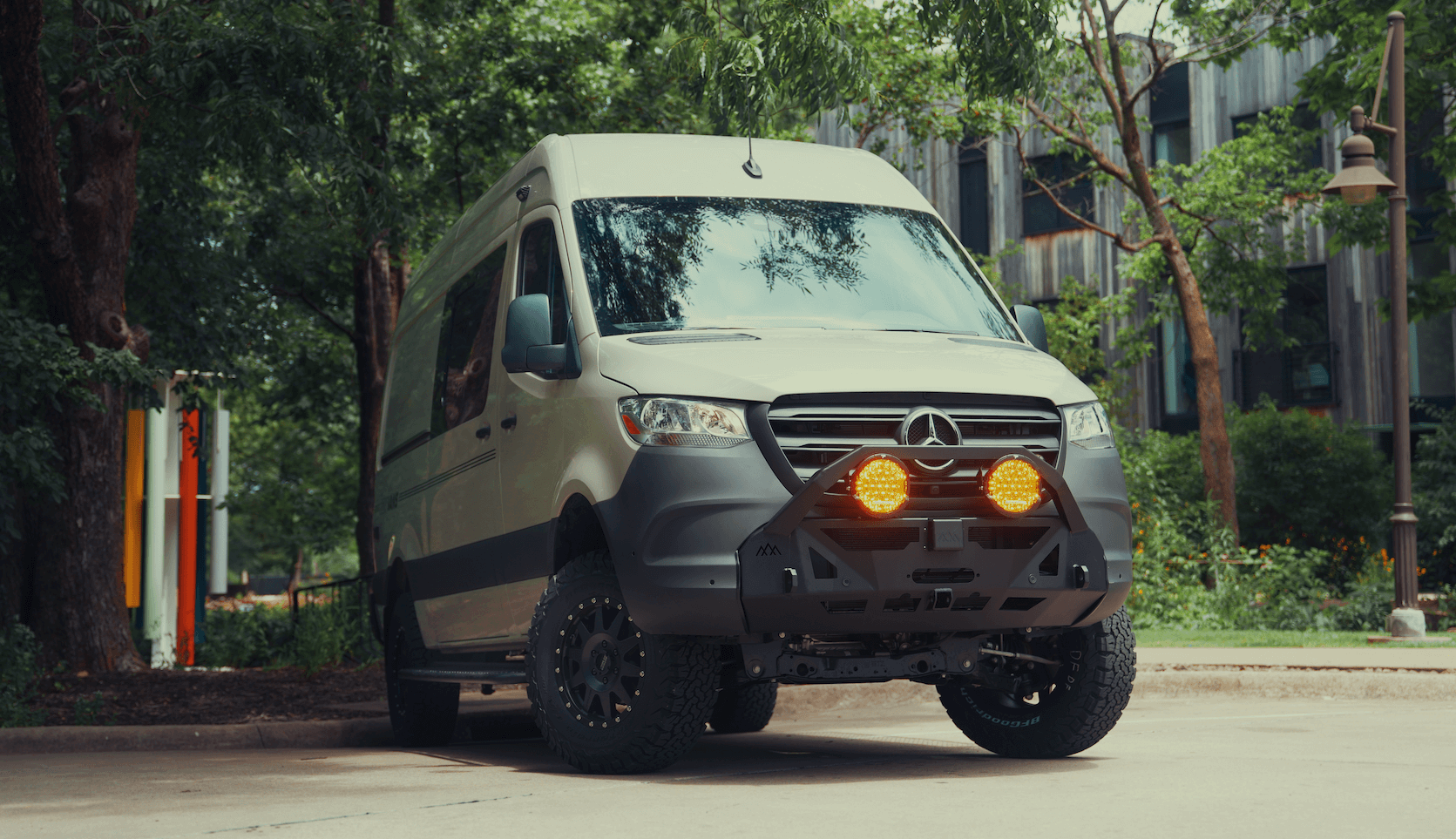Recreational Vans

A Wifi booster extends coverage or strengthens a usable signal. That can mean repeating an existing network, creating a new access point from a wired feed, or adding a node in a mesh system. Repeaters listen and re broadcast on the same channel, which is simple yet can cut throughput. Extenders with dual radios or wired backhaul reduce that loss. An access point fed by ethernet offers the most stable result, while mesh systems coordinate multiple nodes to roam smoothly across a space.
Boost strength does not guarantee speed. Your real experience depends on the quality of the backhaul, radio capability, channel width, and interference around you. A booster that hears a weak or noisy signal will only amplify the problem. Focus on clean input signal, not just output power. When in doubt, run ethernet backhaul or shorten the wireless hop.
Walls, metal, water filled materials, and glass coatings all reduce signal. In vans and RVs, the metal body can act like a shield. Move access points to open areas and mount antennas away from dense wiring and inverters. Use 2.4 gigahertz for range and 5 gigahertz for speed at shorter distances. Select non overlapping channels to avoid congestion. In small homes or shops, one well placed access point often outperforms a poorly placed mesh.
Antennas do the heavy lifting. High gain omnidirectional antennas spread coverage across a flat plane, while directional panels or yagis focus energy toward a distant source like campground Wi Fi. MIMO antennas with proper spacing improve throughput and stability. Keep cables short to minimize loss, use quality connectors, and weather seal exterior mounts.
Mesh uses smart routing and a single network name to simplify roaming, best with wired or dedicated wireless backhaul. Repeaters are easy for quick fixes but can halve effective speed if they share the same channel. Access points offer business grade reliability when you can run ethernet to the location you need coverage.
A Wifi booster relies on an existing Wi Fi network. A cellular booster enhances mobile network signal for phones and routers using an external antenna and an in vehicle amplifier. Satellite systems like Starlink create their own upstream via the sky, then feed an onboard router or access point. Many travelers combine these: use campground Wi Fi when it is strong, fall back to cellular when it is not, and deploy satellite in remote zones.
Latency and bandwidth differ. Campground Wi Fi might be free but congested during peak hours. Cellular can be fast with modern 5G bands, yet coverage varies by region and carrier. Satellite reaches where towers do not, with higher power needs and clear sky requirements. Choose the right tool for the place you park.
Plan for efficient power. Favor access points and routers that accept 12 volt input to avoid inverter losses. Add surge protection and tidy cable runs to reduce noise. Secure the network with WPA3 when available, unique passwords, and a guest SSID for visitors. Update firmware before trips and disable features you do not need to cut attack surface.
If speeds drop, test near the main router to isolate the issue. Check channel congestion and move to a cleaner channel. Measure signal in dBm rather than bars for accuracy. Verify antenna connections and cable integrity. When in doubt, simplify the setup then add pieces back one by one.
A dependable mobile network uses a clear signal path, efficient power, and tidy wiring. Start with an exterior antenna to capture clean signal. Feed a travel router or access point that supports multiple bands and modern security. Mount the access point centrally in the living area for even coverage. When you can, run ethernet backhaul between components to remove a weak wireless link. Test your setup before long trips so surprises do not happen on day one.
Now for the easy part. If you want this done right and done clean, our team builds connectivity into complete van systems alongside power, lighting, and storage. We integrate Starlink dishes, cellular routers, exterior MIMO antennas, and secure in cabin access points so your workspace and streaming work everywhere you park. Explore our Recreational vans, map a Custom build van, or see finance friendly Mainstream vans options that can include connectivity upgrades from day one.
Tell us where you camp, how you work, and what you stream. We will design a quiet, efficient, and secure network that fits your rig and your route, then install and test it in our Fayetteville shop so you roll out connected.
Ready to stop fighting weak signals and start streaming from anywhere? Tell us how you travel, work, and camp, and our team will design a clean, reliable connectivity upfit for your van. From external antennas to Starlink integration and secure in cabin networks, OZK builds systems that just work. Start your custom plan today.
ADDRESS:
6159 E Huntsville Rd, Fayetteville, AR 72701
PHONE:
(479) 326-9200
EMAIL:
info@ozkvans.com